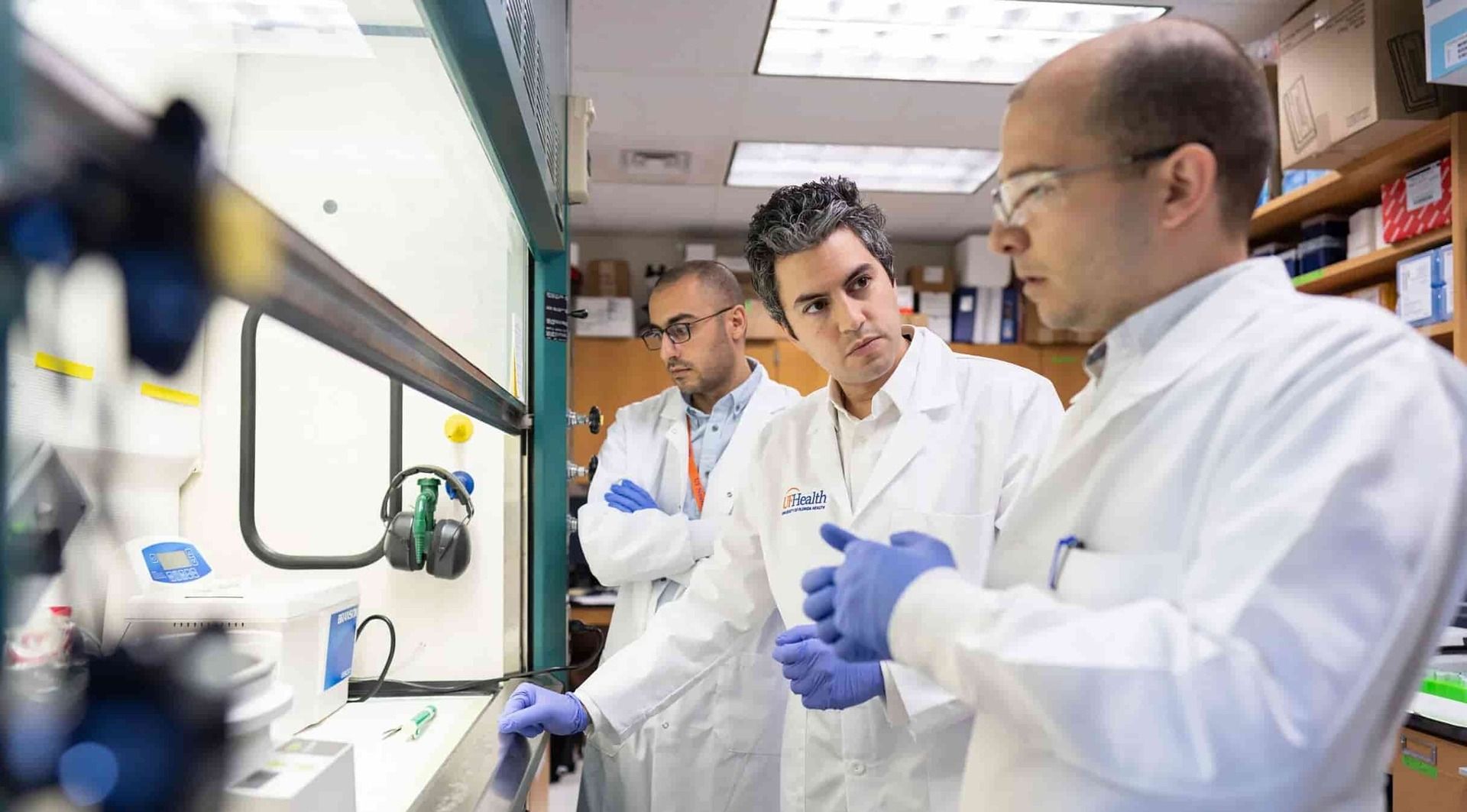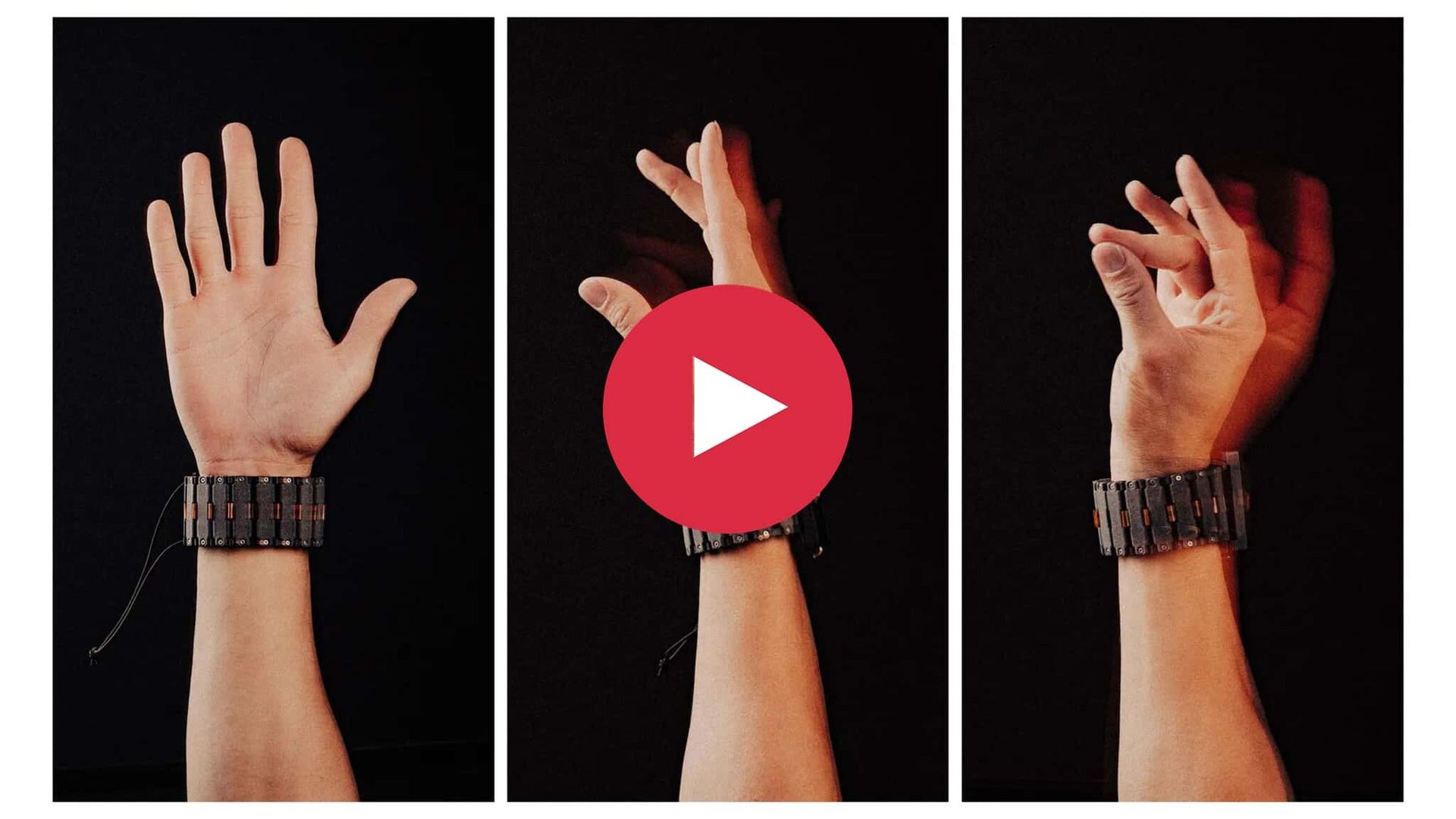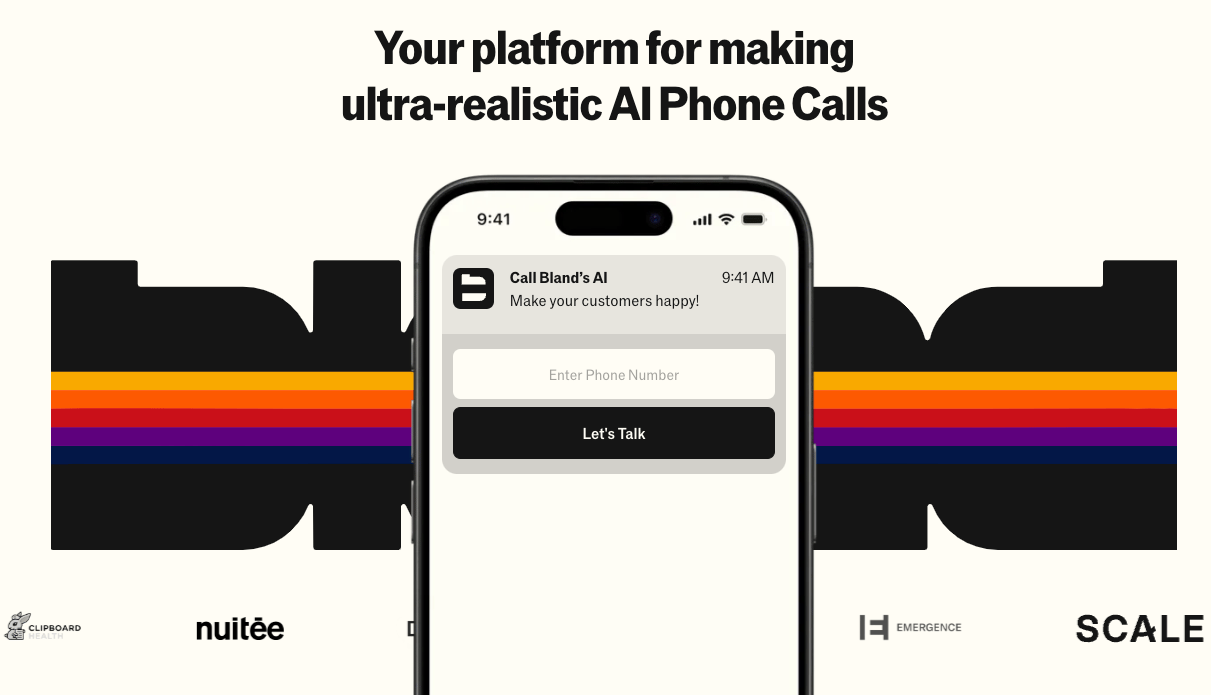- Superhuman AI
- Posts
- Sunday Special: A new human species makes its debut
Sunday Special: A new human species makes its debut

Welcome back, Superhuman. Turns out our family photo album has been missing a few faces for the last 300,000 years or so. A team of scientists from the Chinese Academy of Sciences and the University of Hawai’i claims they’ve discovered an entirely new human species.
The Sunday Special is designed to help you discover the most interesting and important scientific and technological breakthroughs outside of AI. Our regular AI updates will resume as usual on Monday.
SCIENCE SUNDAY
The most interesting scientific discoveries and breakthroughs this week
1. Scientists claim to have discovered an entirely new human species: While working on a new organizational system for some fossils, scientists noticed strange cranial and dental features shared by some unclassified specimens. They realized that this could be an entirely new human species that thrived in eastern Asia 300,000 to 50,000 years ago. If true, this discovery could reshape our understanding of human evolution and fill critical gaps in our knowledge of who we are and where we came from.
2. Babies made using 3 people's DNA are free of hereditary disease: Eight children born using genetic material from 3 people appear to be free from the mitochondrial diseases they would have otherwise inherited from their mothers. Doctors from Newcastle University placed the nucleus from the mothers’ fertilized eggs into donors’ eggs with healthy mitochondria. This offers new hope to families affected by such disorders, potentially eliminating these genetic conditions from passing down to future generations.
3. Scientists capture a fault line rupturing in real-time for the first time: A video, captured during Myanmar's 7.7 magnitude earthquake in March, shows the ground splitting by 2.5 meters in a little over a second — finally confirming the "pulse-like" nature of fault ruptures that scientists had previously only theorized about. This accidental recording is a major leap in earthquake science that could potentially improve our ability to predict how future quakes will behave. Watch the footage here.
4. Meta takes on Neuralink with new breakthrough device: The Facebook maker has unveiled a wristband that reads electrical signals from your arm muscles to let you control computers with simple hand movements. The device can detect when you tap fingers, turn wrists, write in the air, or even just think about moving. Unlike competitors like Neuralink that require surgical implants, Meta's approach is non-invasive, potentially offering easier digital access for people with mobility limitations. Check out how it works here.
PRESENTED BY BLAND
100+ companies like Y Combinator, Twilio, and Sendbird use Bland to automate and optimize customer interactions with seamless, natural conversations at scale.
See how Bland can help you automate thousands of calls and cut resolution times and costs in half.

Source: Swippit, Chamelo, Effidry, Nuttii
1. Swippit Instant Power System: A charging hub that can power up to 5 batteries in one go. It swaps your dying battery with a new one in 2 seconds flat, ensuring you never pack light.
2. Chamelo Aura Sunglasses: These smart glasses allow you to change the color and level of tint of their lenses with the touch of a button.
3. Effidry S3: This portable clothes dryer claims to be the world’s fastest, and can complete cycles in 9 minutes flat. It’s got seven versatile modes, including Baby Care, Silk, and UV.
4. Nuttii E-Coffee: A portable espresso maker designed for travel. It shows real-time brewing data on a built-in OLED display and heats water without an outlet.
What’s trending in tech on socials this week
🦠 HIV Hitman: A video showing CRISPR targeting and destroying HIV in a cell has got Redditors excited about the future of the gene-editing technology.
🎥 Film Secrets: Ever wonder how they shot the flying scenes in the new Superman movie without CGI? Here’s a peek behind the scenes showing the volume technology used by director James Gunn and his crew.
🖥️ Math in Motion: YouTuber ‘Shadowman39’ has turned a childhood toy into a working 8-bit computer, racking up thousands of views on YouTube. Here’s the full video.
🖼️ Pixel Progress: A side-by-side comparison of the hill in the Windows XP wallpaper from 1996 vs 2025 shows how much the place has changed.
👵 Late Bloomer: Better late than never. A woman’s wholesome account of how ChatGPT helped her do things she’d "wanted to do for years" has gotten over a thousand likes on X.
ONLY GOOD NEWS
A healthy dose of optimism to kickstart your week

A University of Florida research team has developed an mRNA vaccine that could potentially become a universal cancer vaccine. Source: UFHealth
Fat Zapper: A breakthrough injection that melts away stubborn belly fat is two Phase 3 clinical trials away from FDA approval. The ‘CBL-514’ drug triggers targeted fat cell death with a single shot, reducing abdominal fat by over 25% without the serious side effects of current treatments. Beyond slashing belly fat, the new approach could potentially reduce chronic disease risks associated with abdominal fat, including cardiovascular issues.
Cancer Curveball: Scientists have developed what could potentially become a universal cancer vaccine. Instead of targeting specific tumor proteins, their experimental mRNA vaccine stimulates immune responses, making tumors more receptive to treatment in mouse model studies. If it scales to humans, it could create an off-the-shelf solution that works against multiple cancer types, offering an alternative to the traditional approach of surgery, radiation, and chemo.
Heart Restart: Vanderbilt scientists claim to have cracked the code on a new approach to make "dead" donor hearts viable again. Their breakthrough technique uses an oxygen-rich cold solution to preserve hearts after circulatory death, sidestepping both the ethical concerns of reanimation and the hefty price tag of machine perfusion systems. This approach could unlock hundreds of viable organs annually, potentially slashing wait times for thousands of American patients.
SUNDAY SCIENCE TRIVIA

Source: Forbes
According to Einstein’s general relativity, gravity can literally warp time. Which of the following bizarre facts is actually true as a result? |
Don’t Cheat: You can read more about the strange phenomenon here.
Your opinion matters!
You’re the reason our team spends hundreds of hours every week researching and writing this email. Please let us know what you thought of today’s email to help us create better emails for you.
What did you think of today's email?Your feedback helps me create better emails for you! |
Until next time,
Zain and the Superhuman AI team



NEW TECH